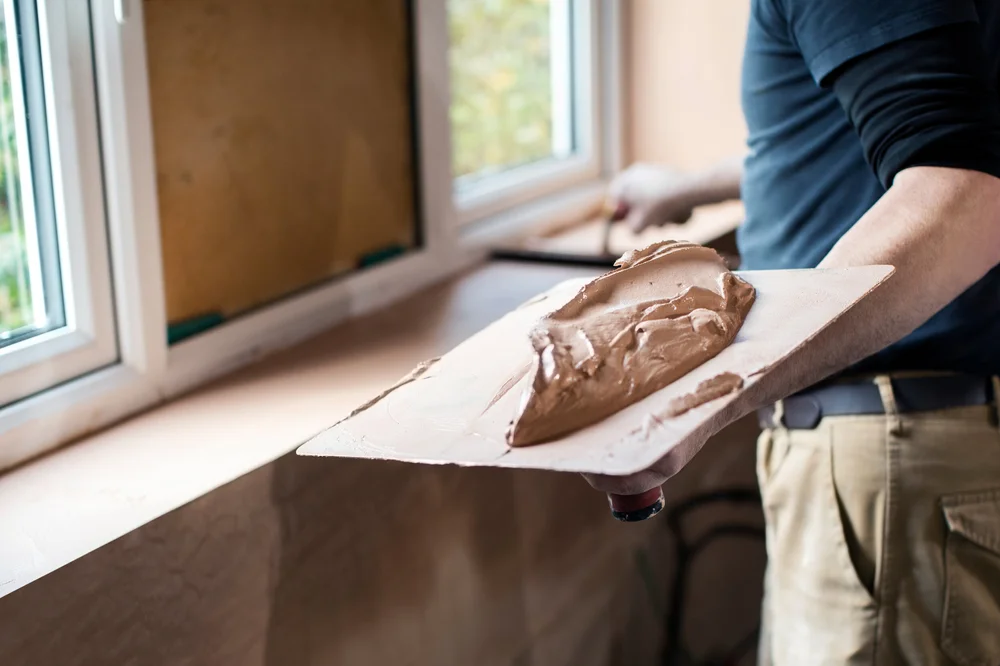What is the procedure of plastering?

https://plasterers-barrowinfurness.co.uk/ is a skilled process that includes applying a skinny layer of plaster combine to a surface to create a clean, durable, and aesthetically pleasing end. Here's a step-by-step procedure for plastering partitions and ceilings:

1. Surface Preparation:
Clean the Surface: Ensure the floor to be plastered is clean, free of mud, particles, and unfastened particles.
Repair Damages: Patch up cracks, holes, and other defects in the floor with appropriate materials.
Priming (Optional): Apply a primer or bonding agent to the floor. Priming helps the plaster adhere higher and prevents rapid drying, allowing for a smoother finish.
2. Mixing Plaster:
Measure Ingredients: Measure the plaster powder and water based on the producer's instructions. Use clear water for mixing.
Mix Thoroughly: Mix the plaster completely to attain a lump-free, easy consistency. This can be carried out using a mixing paddle connected to an electric drill.
three. Applying the First Coat (Scratch Coat):
Dampen the Surface: Dampen the floor with water earlier than applying the plaster. This helps the plaster adhere higher.
Apply the Plaster: Use a plastering trowel to spread the plaster evenly over the surface, making a layer about 8-12 mm thick. Use a scratching software or a comb scratcher to create horizontal lines on the plaster floor. This enhances the bond with the next coat.
4. Applying the Second Coat (Brown Coat or Floating Coat):
Dampen the Scratch Coat: Lightly dampen the scratch coat with water.
Apply the Plaster: Apply a second layer of plaster (brown coat) about 6-8 mm thick over the scratch coat. Level and clean the floor utilizing a plastering trowel. While the plaster is still wet, scratch it with a comb scratcher to create a rough surface for the subsequent coat to adhere to.
5. Applying the Finish Coat (Skim Coat):
Dampen the Brown Coat: Dampen the brown coat with water.
Apply the Plaster: Apply a skinny layer of plaster (skim coat) about 2-3 mm thick over the brown coat. Work quickly and easily to realize an even surface.
Trowel and Polish: Use a steel trowel to easy and polish the surface. Keep the trowel barely damp to attain a smooth finish.
6. Curing and Finishing:
Curing: Allow the plaster to dry slowly and naturally. Prevent speedy drying by masking the plastered surface with damp cloths or spraying it with water intermittently for a couple of days.
Finishing: Once the plaster is completely dry, sand the surface lightly to take away imperfections. The floor can be painted, wallpapered, or left as is, depending on the desired end.
It's important to note that plastering requires talent and expertise. Beginners might find it challenging, and for significant plastering initiatives, it's advisable to hire professional plasterers to ensure a high-quality end..
